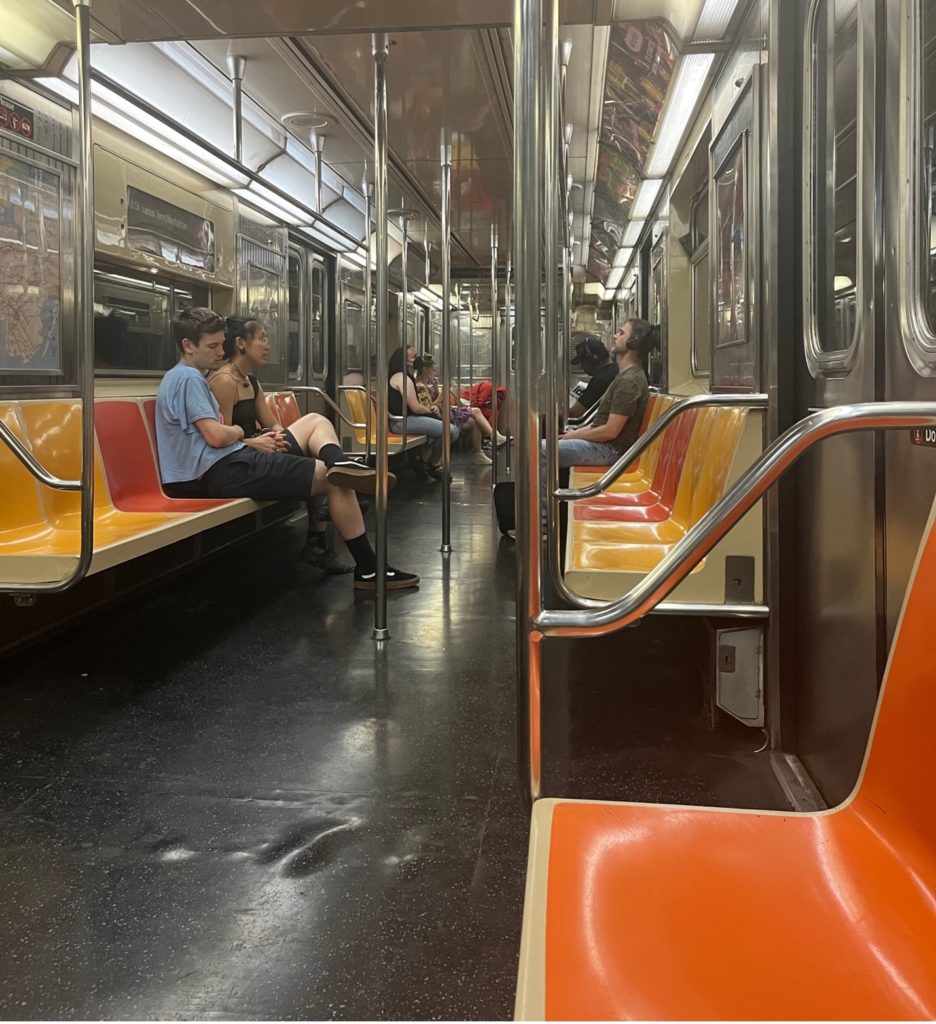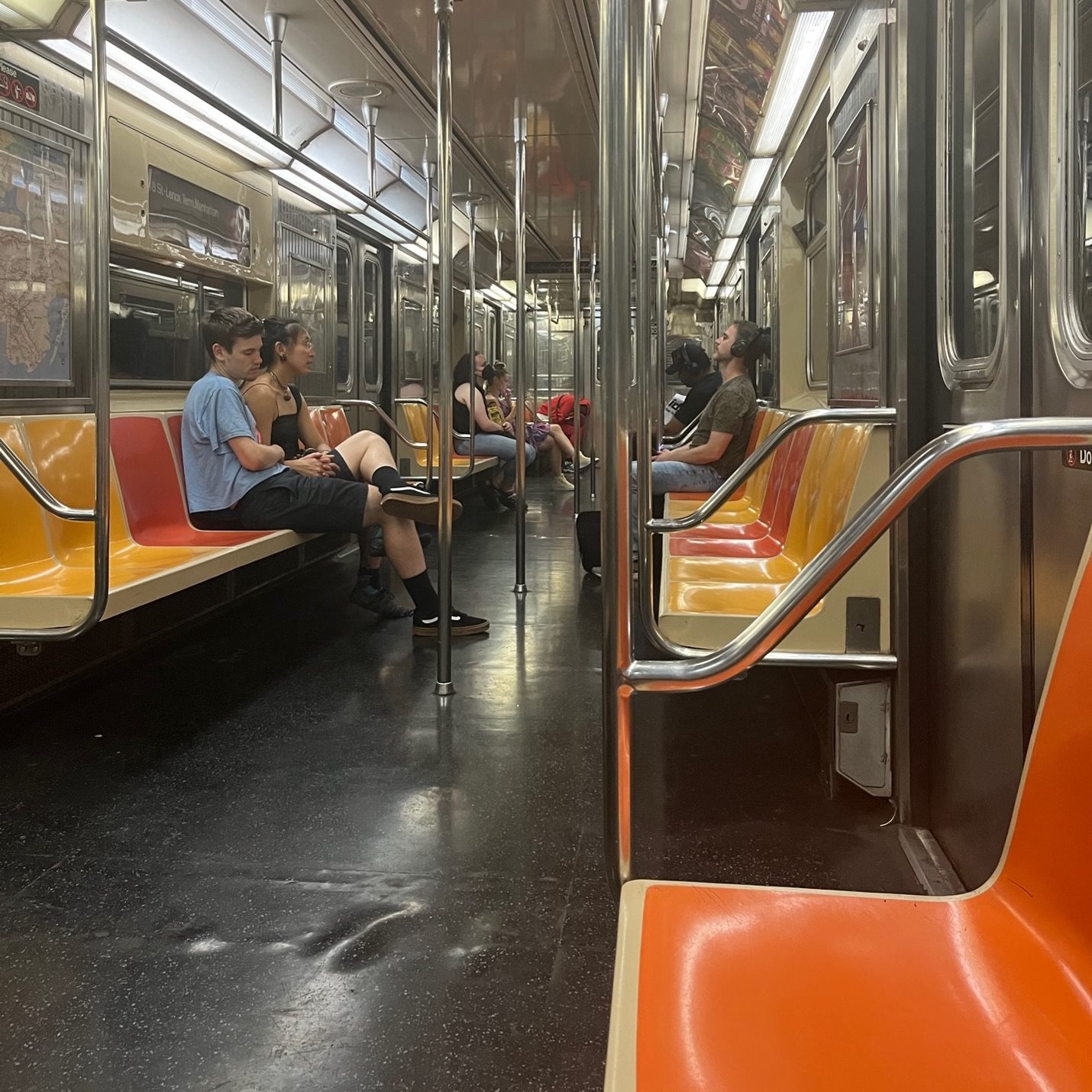Written by: Rashawn Khamari Merchant

Rashawn Khamari Merchant/Earth Shiners
Housing is a human right. People suffer when they are without shelter, and many connected aspects of their lives also begin to dwindle. Without a home, it is possible to lose family connections and job opportunities, while growing closer to mental instability. In a city like New York, there is a display of how housing struggles can inadvertently affect city life, as the city’s unhoused population looks toward the subway systems for a safe haven.
New York’s long-standing history as an economic goliath carries a strong reputation. Wall Street provides financial assistance to the world, and many jobs circulate through the five borough’s industries. Unfortunately, this is not a perfect world; not everyone reaps the benefits of the financial culture. Economic inequalities cast a heavy shadow, and race, gender, and ethnic differences amplify the struggles many in the city face. The housing crisis in New York has taken a hit due to many not being able to afford skyrocketing rent prices, leading to a mass wave of people entering homelessness. The Coalition for Homelessness reports that in recent years, New York City has reached its highest levels of homelessness since the Great Depression of the 1930s. Furthermore, 90,578 people slept in the city’s municipal homeless shelters, including 32,689 children.
It is vital to note that the number mentioned does not portray the entire estimated unhoused population. Many people face extreme difficulty finding shelters to stay in, while others turn to family and neighbors and many have looked to the Metropolitan Transit Authority (MTA) subway system.
The MTA has a multitude of reasons for why it attracts those looking for shelter. For starters, the subway is considered the backbone of the boroughs in New York. It is the best mode of transportation, providing efficient mobility throughout New York City. In addition, the underground location provides a sense of privacy separated from the ongoing urban activity. Lastly, it is warm. During New York’s harsh winters, temperatures drop to freezing, making it difficult for humans to stay outside long-term. Many MTA stations are heated and covered away from unstable weather conditions.
In recent years, social conflict regarding subway use has become exacerbated. The trend of people utilizing the MTA for shelter resulted in residents reporting unsafe commuting conditions. The New York Times stated that felony assaults were up nearly 25 percent in 2021, and many cases of violence have ensued concerning unhoused conditions. Nevertheless, it should not be declared that homelessness is a direct cause of crime or defects in the subway experience. The economic differences and how the city has tried to come up with solutions have also negatively impacted how we address homeless populations and the subway. During the COVID-19 pandemic, several of New York’s welfare systems shifted, leading to greater cases of people not getting the care they need. When medical care and housing assistance is inaccessible, there is a potential for worsening societal conditions.
Newly elected Mayor Eric Adams believes in increased action to decrease homelessness and provide safe conditions. His approach is to address subway offenses with police efforts. Some believe hard-lined responses do not address the root of the problem, such as The Science Survey reporter Karishma Ramkarran.
At Earth Shiners, the belief is for the overarching conditions leading to homelessness to change. Funding education, workforce, and MTA infrastructure could provide essential benefits in restoring an improved communal state.

Leave a Reply